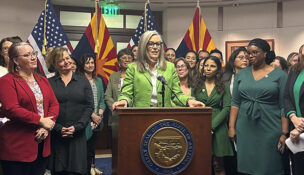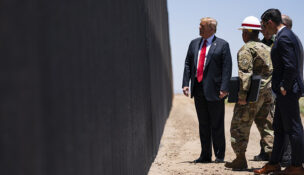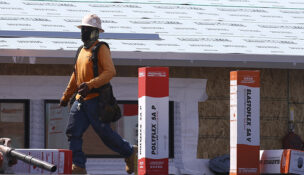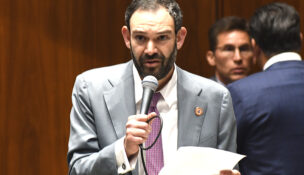Arizona plans statewide photo speed-enforcement program
Arizona Capitol Reports Staff//April 27, 2007//[read_meter]
Arizona plans statewide photo speed-enforcement program
Arizona Capitol Reports Staff//April 27, 2007//[read_meter]
Arizona is planning to use automated equipment to enforce speed limits and catch red-light runners on state highways in the first program of its kind in the country. The two-phase...
No tags for this post.

















